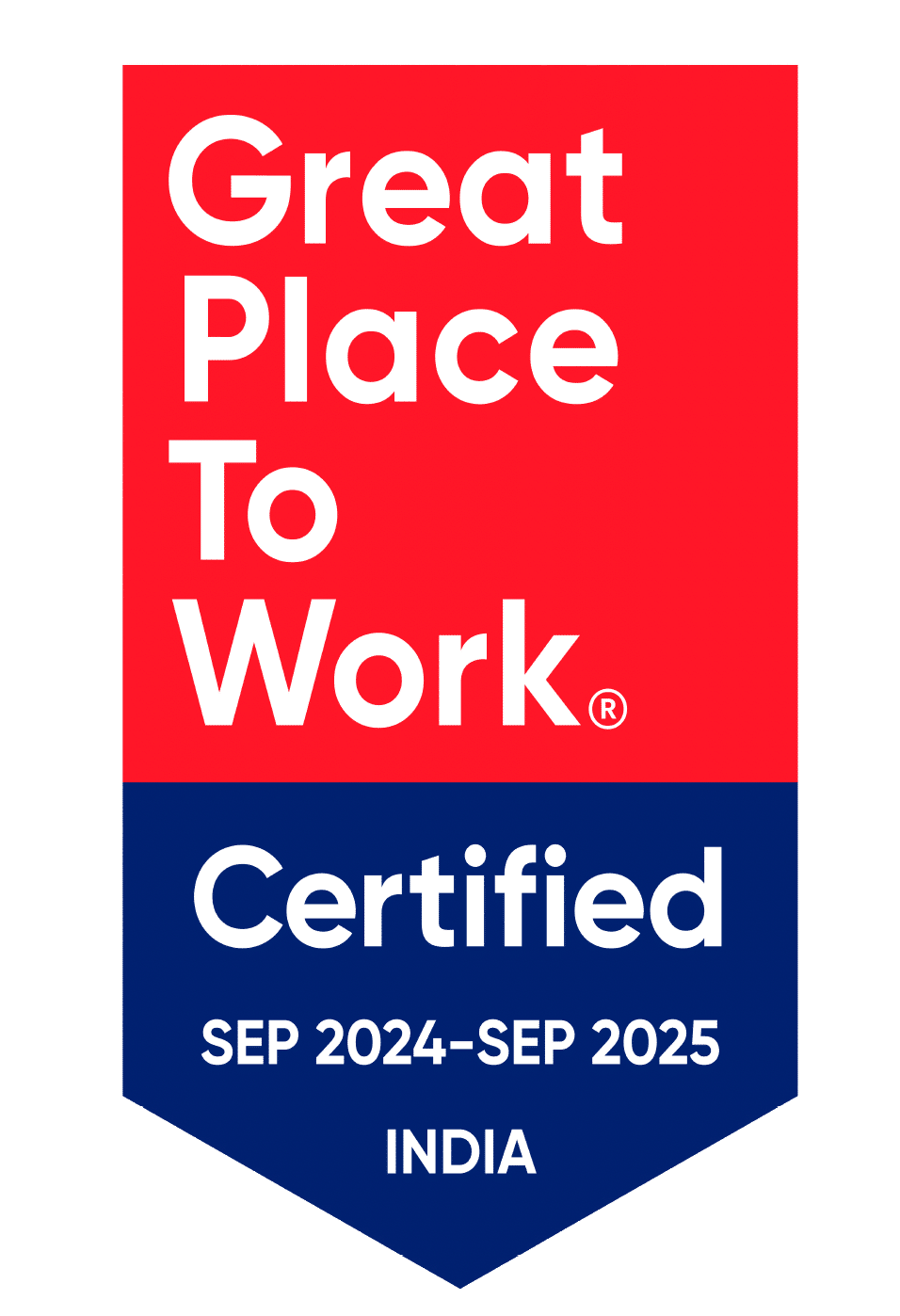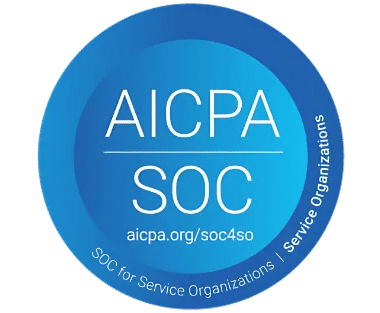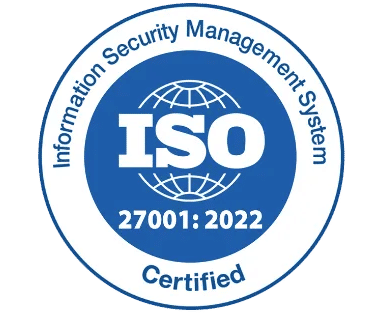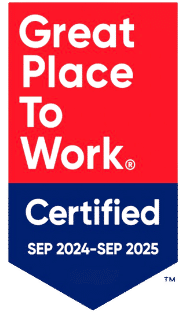Traditional vs Modern Methods of Recruitment: Full Guide

Finding the right people for a job is one of the most important tasks for any organization. The way companies hire has changed over the years, moving from standard recruitment to modern, technology-driven strategies.
In this blog, we will explore traditional vs modern methods of recruitment, their advantages, and how businesses can adopt the best practices to attract top talent.
Understanding Recruitment Methods:
It is the process of attracting, selecting, and hiring the right people for a company. With evolving job markets and technology, businesses must choose between legacy and advanced hiring.
What are Traditional Methods of Recruitment?
Traditional methods of recruitment depend on manual processes, face-to-face interactions, and conventional advertising. These techniques have been used for decades and are still effective in some situations.
- According to Glassdoor, 70% of job seekers research a company before applying. Businesses that do not adopt advanced methods of recruitment risk losing top talent.
Common Traditional Methods of Recruitment:
Standard techniques have long connected organizations with skilled professionals. These approaches depend on established channels to attract suitable individuals. Below are some of the most widely used processes:
1. Newspaper Advertisements: Before digital platforms gained popularity, companies placed ads in newspapers to announce openings. These listings included role descriptions, required qualifications, and contact details. Though less common today, print ads still appeal to those who prefer long-established media.
Advantages:
- Reaches individuals without internet access.
- Trusted by experienced experts.
- Targets local talent effectively.
Challenges:
- Limited space for detailed descriptions.
- Higher cost compared to online postings.
- Less effective for younger, digitally skilled experts.
2. Career Fairs: Organizations participate in industry and college fairs to connect with professionals face-to-face. These events offer direct engagement, allowing both parties to assess compatibility instantly.
Advantages:
- Encourages in-person interaction.
- Provides insight beyond resumes.
- Strengthens brand recognition.
Challenges:
- Attendance depends on the event location.
- Requires time and planning.
- Competes with other organizations for attention.
3. Employee Referrals: Current team members refer candidates from their network. This approach often leads to faster selections and stronger professional relationships.
Advantages:
- Speeds up shortlisting.
- Encourages higher retention rates.
- Reduces external advertising expenses.
Challenges:
- May limit workforce diversity.
- Overdependence can restrict outreach.
- Not ideal for specialized expertise.
4. Walk-In Interviews: Organizations host open interviews where professionals visit without prior scheduling. This method is ideal for urgent staffing needs.
Advantages:
- Swift decision-making.
- Simplifies selection steps.
- Effective for high-demand roles.
Challenges:
- It attracts varying skill levels.
- If many people show up, it can be too much to handle.
- Less suitable for niche expertise.
5. Recruitment Agencies: Third-party firms assist businesses in locating skilled professionals. These agencies handle screening, shortlisting, and introductions based on company needs.
Advantages:
- Saves internal resources.
- Provides access to a broader talent community.
- Ensures thorough evaluations.
Challenges:
- Higher costs due to service fees.
- Less control over final selection.
- May lack deep understanding of office culture.
Benefits of Traditional Recruitment:
- Personal Interaction: Face-to-face meetings help assess a candidate’s personality.
- Targeted Audience: Local advertising reaches a specific demographic.
- Trustworthy Recommendations: Employee referrals often result in reliable hires.
Limitations of Traditional Recruitment:
- Time-Consuming: Manual screening and interviews take longer.
- Limited Reach: Job postings in newspapers and local job fairs only attract a small audience.
- High Costs: Onboarding process agencies and print advertising can be expensive.
Modern Methods of Recruitment:
Technology has changed the way organizations find new team members, making it quicker and easier. Advanced recruitment methods use websites, smart tools, and automation to connect with the right people.
Popular Modern Methods of Recruitment:
Technology has transformed the way businesses bring in new team members. Tech-driven approaches focus on digital tools, automation, and online platforms to connect with qualified individuals more efficiently. These systems make it easier for employers to find, evaluate, and welcome the right people.
Online Job Portals: Websites like Indeed, LinkedIn, and Glassdoor provide a space where firms can list open roles and reach a larger audience. These platforms allow organizations to describe available positions, highlight benefits, and receive applications from individuals worldwide.
Why it Works:
- Openings reach thousands of potential applicants.
- Filters help match people with relevant experience.
- Saves time by organizing applications in one place.
Social Media Recruiting: Platforms such as LinkedIn, Facebook, and Twitter are powerful tools for finding and engaging with professionals. Companies share job postings, company culture, and success stories to attract potential hires.
How it Helps:
- Allows direct communication with interested individuals.
- Helps companies showcase their work environment.
- Expands outreach beyond long-established systems.
AI-Based Screening: Smart technology helps businesses sort through resumes and applications quickly. AI-driven tools analyze skills, experience, and qualifications to suggest the most suitable applicants.
How it Creates Impact:
- Reduces human effort in reviewing applications.
- Increases fairness by focusing on qualifications.
- Speeds up the selection process.
Video Interviews: Virtual interviews allow companies to meet applicants from anywhere. This method saves time, eliminates travel costs, and makes it possible to travel across different locations.
Why it is Effective:
- It helps businesses connect with people worldwide.
- Allows flexible scheduling for interviews.
- It speeds up hiring and improves efficiency.
Employer Branding: Building a strong company reputation online helps attract skilled individuals. Businesses use career pages, testimonials, and employee stories to create a positive image.
Why it is Beneficial:
- Encourages interest from high-quality applicants.
- Helps retain existing team members.
- Improves trust and credibility.
Effective Methods of Recruitment:
Modern strategies improve the way organizations bring in new talent. They help businesses find the best people while saving time and resources.
- Wider Reach: With online platforms, employers are no longer limited to local applicants. They can connect with qualified experts from different cities, states, or even countries.
- Cost-Effective: Standard procedures, such as newspaper ads, can be expensive. Digital platforms and automated tools help firms reduce costs while still attracting top potential.
- Faster Selection: Technology speeds up the hiring journey by organizing applications, sorting through resumes, and scheduling interviews automatically. This allows organizations to fill roles quickly and efficiently.
By using advanced tools and strategies, companies can build a strong team while improving the overall experience for both businesses and applicants.
Comparing Traditional vs Modern Methods of Recruitment:
Feature | Traditional Recruitment | Modern Recruitment |
Speed | Slow | Fast |
Cost | Expensive | Cost-Effective |
Reach | Limited | Global |
Efficiency | Manual Screening | AI & Automation |
Candidate Experience | In-Person Interaction | Digital & Remote Hiring |
Which Recruitment Method is Best?
The best method depends on business needs. Small businesses may prefer standard hiring, while large corporations benefit from modern strategies. Many organizations use a hybrid onboarding process approach, combining both approaches for maximum effectiveness.
Key Recruitment Trends for 2025:
The way companies bring in new team members is evolving with technology and changing work expectations. Employers are adopting smarter and more flexible approaches to attract skilled professionals while improving the overall experience. Here are some major trends shaping in 2025:
AI-Driven: Artificial intelligence is playing a bigger role in digital hiring. AI-powered tools help companies find the best match for open roles by analyzing skills, experience, and qualifications. These tools also minimize bias, ensuring fairer selection. Automated screening and chatbots improve communication, making the journey smoother.
Diversity & Inclusion: Companies are prioritizing diversity to create balanced and innovative workplaces. They are actively reaching out to people from different backgrounds, experiences, and skill sets. Firms are implementing bias-free screening and inclusive strategies to ensure equal opportunities.
Flexible Arrangements: The demand for remote and hybrid work is increasing. More professionals are looking for options that allow them to split time between home and the office. Enterprises offering flexible schedules attract a broader potential pool while increasing employee satisfaction.
Mobile-Friendly Applications: More people are using their smartphones to search and apply for work. Studies show that nearly 60% of applicants prefer mobile-friendly platforms. Companies are optimizing career pages, simplifying application forms, and integrating one-click apply features to enhance user experience.
How to Improve Your Recruitment Strategy?
1. Strengthen Your Employer Brand
- Share company culture through social media.
- Post success stories from your team.
- Highlight benefits, growth opportunities, and work-life balance.
2. Make Decisions Based on Data
- Track how long it takes to fill roles, and the cost involved.
- Identify which platforms bring in the most qualified applicants.
3. Encourage Employee Referrals
- Offer rewards for successful recommendations.
- Motivate team members to share open positions within their system.
4. Write Clear and Engaging Role Descriptions
- Use simple, direct language to set expectations.
- Be transparent about pay, benefits, and growth opportunities.
5. Simplify Applications for a Better Experience
- Remove unnecessary steps that slow things down.
- Ensure online forms work smoothly on mobile devices.
Conclusion:
The methods of recruitment are constantly changing, and organizations that embrace both conventional and next-generation strategies will attract the best potential. While legacy approaches offer personal interaction, digital techniques bring speed and efficiency. A balanced strategy ensures a strong, future-ready workforce.
Struggling to Find the Right Talent?
Our advanced methods of recruitment make finding skilled professionals easier and faster. From AI-driven screening to employee referrals, we help you build a strong team. Book a free demo today!
Frequently Asked Questions
What is the main difference between traditional and modern recruitment?
Traditional approaches depend on manual efforts like newspaper ads and walk-in interviews, while digital strategies leverage automation and smart tools to improve efficiency.
Why are modern acquisition strategies important?
Digital solutions help organizations connect with a broader audience, reduce costs, and accelerate the selection processes.
Can small businesses benefit from digital sourcing?
Yes! Online platforms and social media make it easy and affordable for small companies to find qualified individuals.
How does employer branding support team growth?
A strong company image attracts skilled professionals, builds trust, and simplifies the search for top candidates.
What are the key employment trends for 2025?
AI-powered selection, diversity-focused initiatives, and flexible work arrangements are shaping the future of human capital management.










_svxLrd-8yH.png)

_2VYSFUTN5m.png)

_JiluXJRGNl.svg)

_2djTKNocf.png)





_Rapo0hRMBy.png)










